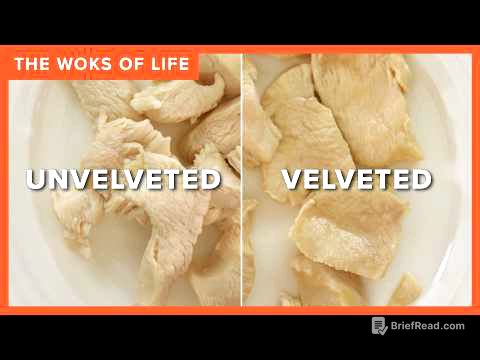TLDR;
This video discusses the significant changes in Doctor Who between seasons six and seven, marking a major shift in the show's format, character, and overall tone. It covers the introduction of Jon Pertwee as the Third Doctor, the shift to color, the earthbound setting with UNIT, and the new companion Liz Shaw. The video also reviews each of the four stories in season seven, highlighting their strengths, connections to the new series, and the impact of the changes on the show's dynamic.
- Significant format change from season 6 to 7
- Introduction of Jon Pertwee as the Third Doctor
- Stories are more realistic and grounded
Intro [0:22]
The transition from Doctor Who season six to seven was the most drastic change in the show's classic era, and second only to its 2005 revival. Season seven, airing in 1970, introduced color, a new Doctor played by Jon Pertwee, and a complete overhaul of the show's premise. Instead of traveling the universe, the Doctor became earthbound, assisting the military organization UNIT against alien threats. The companion also changed, with Liz Shaw replacing the previous one, and even the theme music was updated.
The New Doctor and Companion [2:07]
Jon Pertwee, primarily known for radio comedy, took on a more serious and arguably the most serious incarnation of the Doctor. Despite the drastic changes, Pertwee's era was successful due to strong stories. The new companion, Liz Shaw, was intelligent and never traveled in the TARDIS. Key supporting characters included Brigadier Lethbridge-Stewart and Sergeant Benton, who assisted the Doctor against alien invasions.
Spearhead from Space [3:05]
The season opens with "Spearhead from Space," where the Doctor regenerates and falls out of the TARDIS. The Doctor is then recruited by UNIT to combat the Nestene Consciousness, an intelligence that controls plastic. This story is visually impressive due to being shot on film, a result of behind-the-scenes issues. This marked the beginning of Robert Holmes's significant contributions to Doctor Who as a writer.
Doctor Who and the Silurians [4:36]
The second story introduces the Silurians, which involves humans encountering hibernating Silurians underground, leading to conflict. The original Silurian design is favored for not appearing overly human, unlike the new series' version. The story's bleak and realistic outcome is highlighted as a strength.
Ambassadors of Death [6:46]
"Ambassadors of Death" involves astronauts returning to Earth who kill people with radiation. The story is grounded, featuring an evil general seeking to cause an intergalactic war and lowlifes using aliens as weapons. The Doctor removes his console from the TARDIS, using it for experiments while trying to fix the TARDIS to leave Earth.
Inferno [8:04]
In "Inferno," the Doctor believes he has fixed the TARDIS but is sent to a parallel universe. This alternate reality features evil versions of the main characters. Both universes are drilling the deepest hole in human history, inspired by a real-life Russian attempt. The alternate Earth faces destruction, and the Doctor is forced to watch helplessly. The fate of the alternate reality Doctor is left ambiguous.
Season 7 Overview [10:51]
The special effects in season seven are dated, but the practical stunt work is impressive. The dynamic between the Doctor and supporting characters is notable. Liz Shaw leaves the show and is replaced by Jo Grant. Season seven is considered a good starting point for classic Doctor Who, despite being somewhat repetitive and having long stories.









